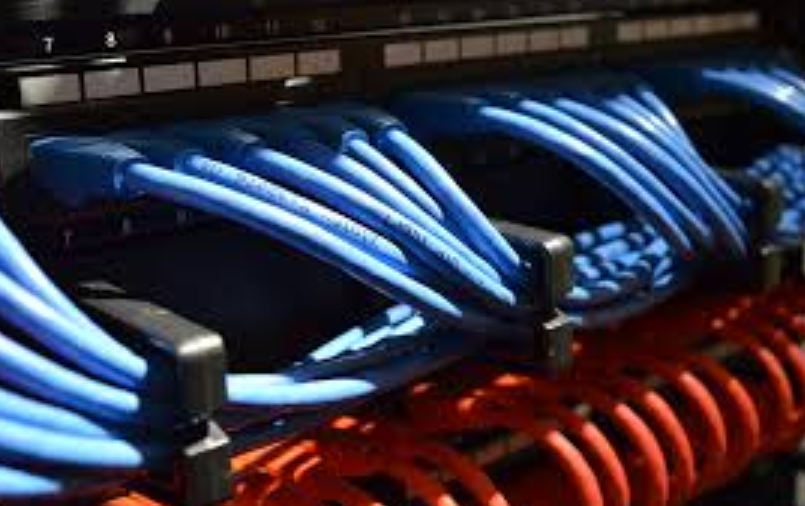Depending on the physical layer, topology and size of the network, different network cables are required. Can you find out what kind of patch cord and network cable connector to use? This article introduces some common types of network cables and their properties.
Network and communication cables are network wiring Plantation hardware that connects a network device to other network devices. For example, by connecting two or more computers to share printers and scanners. Connecting multiple servers to an Access Switch. The range includes data and Ethernet cable assemblies, including twisted pair, coaxial, fiber optic, power, and so on. The most common categories include twisted pair, coaxial, and fiber optic cables.
What is twisted pair and its cabling standards?
Why are the couples twisted together? Since the two wires carry equal and opposite signals, one pair may induce crosswalk in another, and the effect becomes stronger along the length of the cable, which is poor for the transmission of the signal. Twisting the pairs reduces crosswalk between the lines. Twisted-pair cables are often used in data networks for short and medium-length connections, as they are less expensive than fiber and coaxial cables.
Shielded twisted pair versus shielded twisted pair
Twisted-pair network cables are often shielded to prevent electromagnetic interference. Shielded Twisted Pair is referred to as Shielded Twisted Pair (STP). Unlike STP, Shielded Twisted Pair (UTP) is not surrounded by a shield.
The STP cable is also divided by the overall screen and the single screen. Individually shielded twisted pair is equipped with aluminum foil for each twisted pair or quad. This type of shield protects the cable from external electromagnetic interference (EMI) that enters or exits the cable and also protects adjacent pairs from crosswalk. The entire shielded twisted pair is provided with a total foil or braided shield over all pairs within the 100Ω twisted pair cable. This type of shielding prevents electromagnetic interference from entering or leaving the cable. An STP cable can have both a total and a single shield.
Conclusion:
UTP cables without shielding are more susceptible to external interference. For this reason, this type of cable is more commonly used in indoor telephone applications. Outdoor telephone cables contain hundreds or thousands of pairs. Couplings with the same twist rate in the cable may experience some crosswalk. Therefore, wire pairs in a large cable are usually carefully selected to reduce crosswalk.
